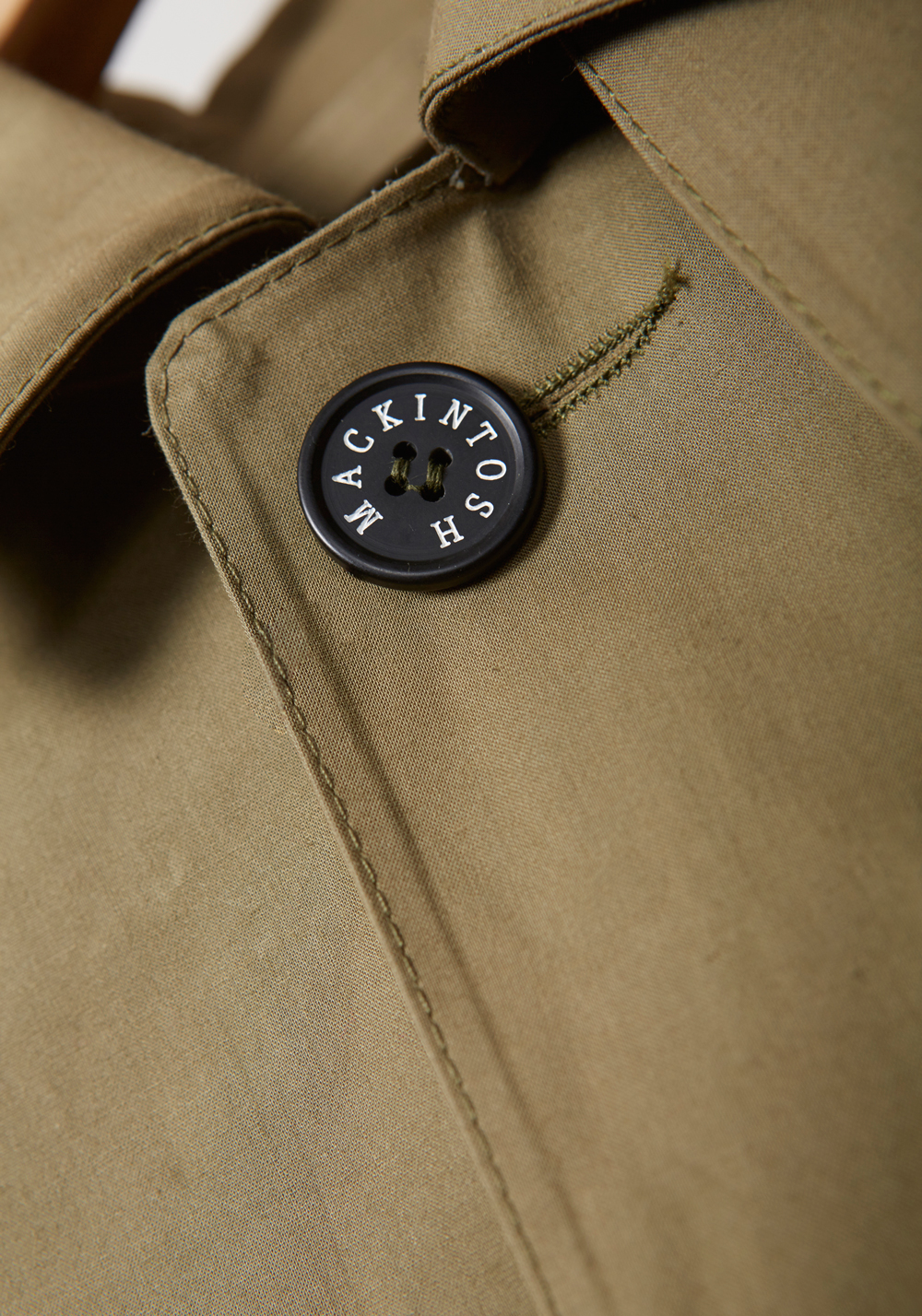With spring showers due to make an appearance in the coming weeks, we thought we'd look back at the origins of the Mac, or Mackintosh; a name synonymous with shielding us from the heavens
Scotland is undoubtedly a very wet country, its Highlands averaging over three meters of rainfall per year, so it’s no wonder the waterproof coat was born within its borders. However, attempts to prevent water penetrating cloth date back as far as the 13th century, when Amazonian tribes would extract milky substances from rubber trees to paste on their clothing.
But it wasn’t until 1823 that young Glaswegian chemist Charles Macintosh (the 'k' crept in later) developed his waterproof fabric, produced by sandwiching naptha (a by-product of tar) and rubber between two pieces of cloth. The cloth had its flaws – it was easy to pierce when seamed, it became stiff in cold weather and sticky when hot, but after vulcanised rubber was invented in 1839, Macintosh's fabrics were vastly improved and could withstand temperature changes without warping or perishing.
The Mackintosh company was founded in 1895, producing the iconic rubberised coats we're familiar with today. We're rather enamoured with this Mackintosh Dunoon raincoat from Lissom & Muster for its simple, traditional, understated design and pleasing horn buttons. It is a true Mackintosh, made in the Mackintosh factories in Cumbernauld, Scotland and Lancashire, England. It's handmade in rubberised cotton, expertly cut and the seams glued for a watertight seal. Not only will not only keep you dry during the spring showers but is an investment that will keep you dry for decades of rainy days to come.





